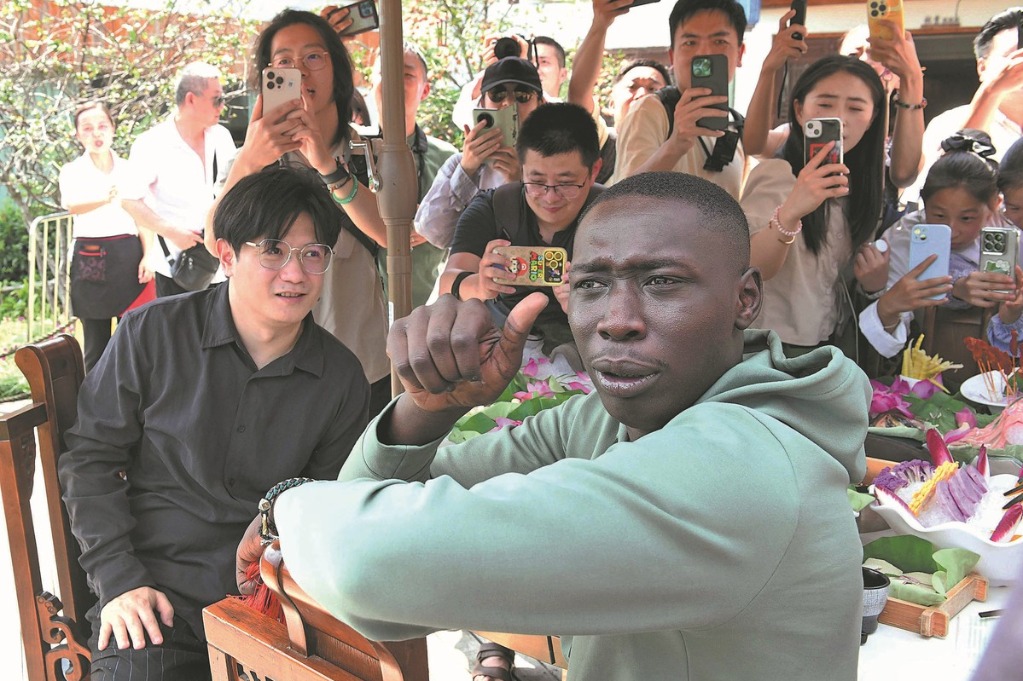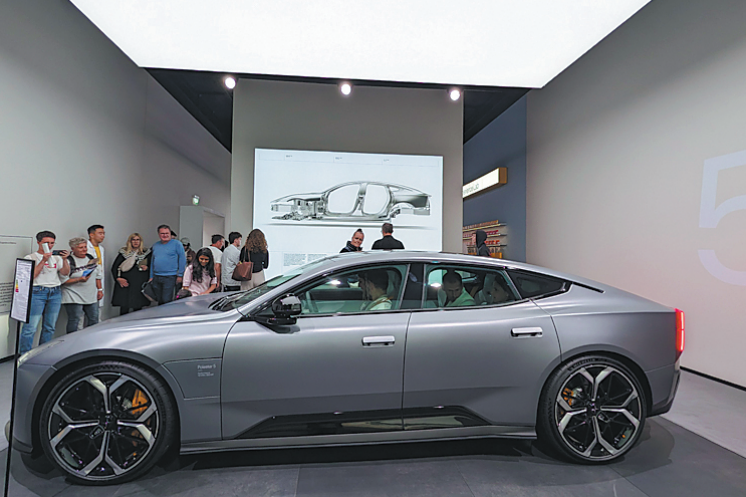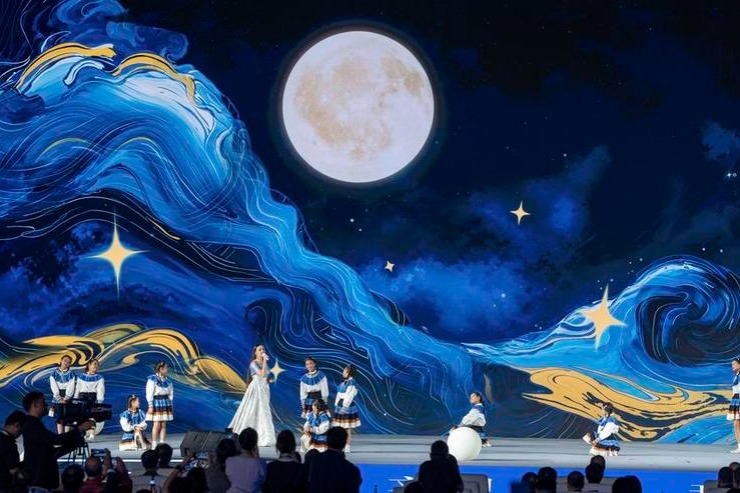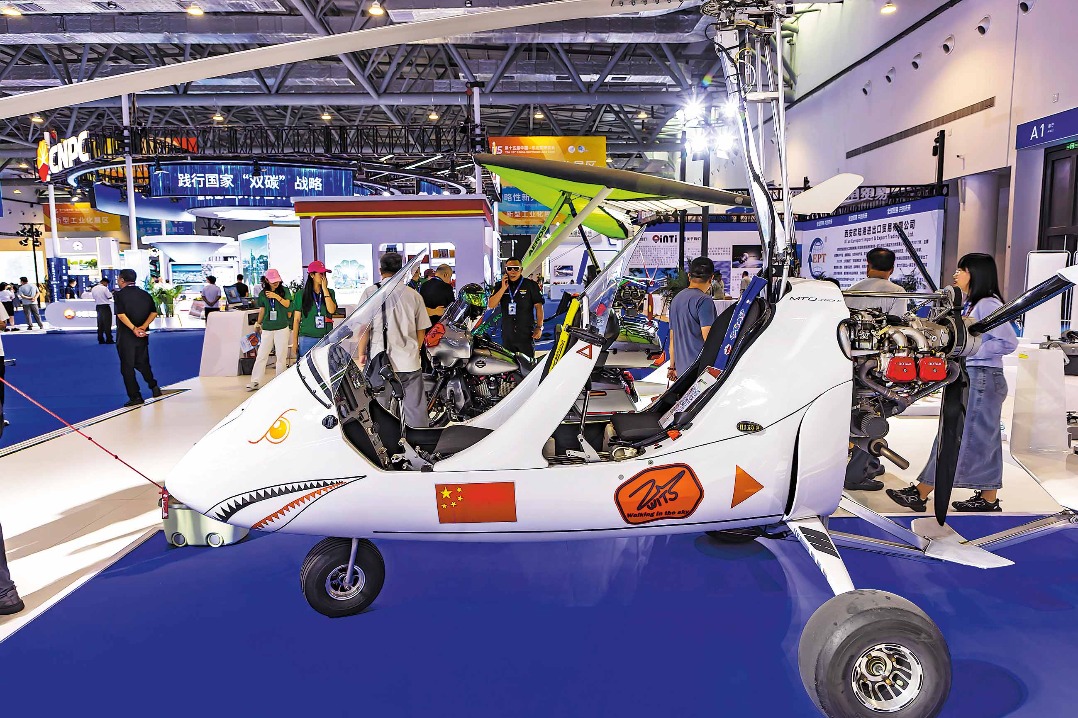Why youths are drawn to cosplay, subculture
By Wu Zheyu | China Daily | Updated: 2017-09-01 07:17
 |
| MA XUEJING/CHINA DAILY |
An outlet for youths to express virtual love
 |
| Deng Lili, director of cartoon and game research center, Institute for Cultural Industries, Peking University |
Cosplay contests on university campuses in China started increasing around 2008 and 2009. Initially, the students dressed up as Japanese animation and comic-book characters. But with the development of the Chinese animation industry, an increasing number of cosplayers started dressing up as characters from Chinese cartoons, comic books and video games.
Juveniles who fancy cosplay are esoteric in nature and have their own sets of jokes, which "outsiders" rarely understand. Perhaps that's why people are prejudiced against them. But cosplay allows such youths to dress up as characters they love, and express their love for fictitious characters.
Cosplayers are almost always young, most of them under 25-and as they grow older, they tend to give up the practice. So there's no need for parents to overreact to cosplay. Instead, they should treat such youngsters as normal youths, but at the same time warn them to never cross the social and moral boundaries. Once a cosplayer who wore a costume made from a Japanese military flag was barred from taking part in the contest. The incident reflects the distortions within the cosply "community", some of which cross the social and moral boundaries.
Besides, many companies, especially online game providers, hire cosplayers or organize cosplay competitions, in order to promote their new products. So regulators should strictly monitor such events to check if they also promoting inappropriate behaviors.
Industry expected to witness more success
 |
| Huang Guofeng, senior analyst at Analysis Corporate, a data analytics company for the entertainment industry |
The cosplay subculture is a kind of performing arts and is highly influenced by ACG derivative products. Usually, only zealous cosplay and ACG fans choose to participate in cosplay.
For example, cosplayers usually obtain the costumes in three ways.
First, through some companies that make and sell packaged outfits for cosplays. Normally, such products are sold online, but they can also be purchased from dealers at cosplay conventions. Second, through some individuals that make customized costumes, props and/or wigs. And third, by making the costumes themselves using raw materials such as non-styled wigs, hair dye, cloth, body paint, costume jewelry, and "toy" weapons.
Based on our research, the development stages of China's ACG industry can be divided thus: the birth of the term ACG in 1995, and the emergence of campus communities in Chinese universities between 1995 and 2015 thanks to the influence of Japanese animations, along with the gradual growth of derivative products such as games and music-based animations.
With capital flowing into the ACG industry, 2015 proved to be a turning point for the ACG industry, as several major content providers were shut down because of problems related to piracy and patent infringement. Since then the domestic animation and game industry has been developing healthily with a stronger sense of using legal products. The 2016-2018 period was one of market stimulation, which facilitated the segmentation of the market and helped build more specific, mature business models committed to developing the industry further.
China's ACG industry is likely to see higher growth in 2019, with major competitors leading the market, good branding becoming leading companies' core competitiveness, and Chinese animations exercising greater influence on overseas markets.
























